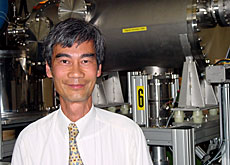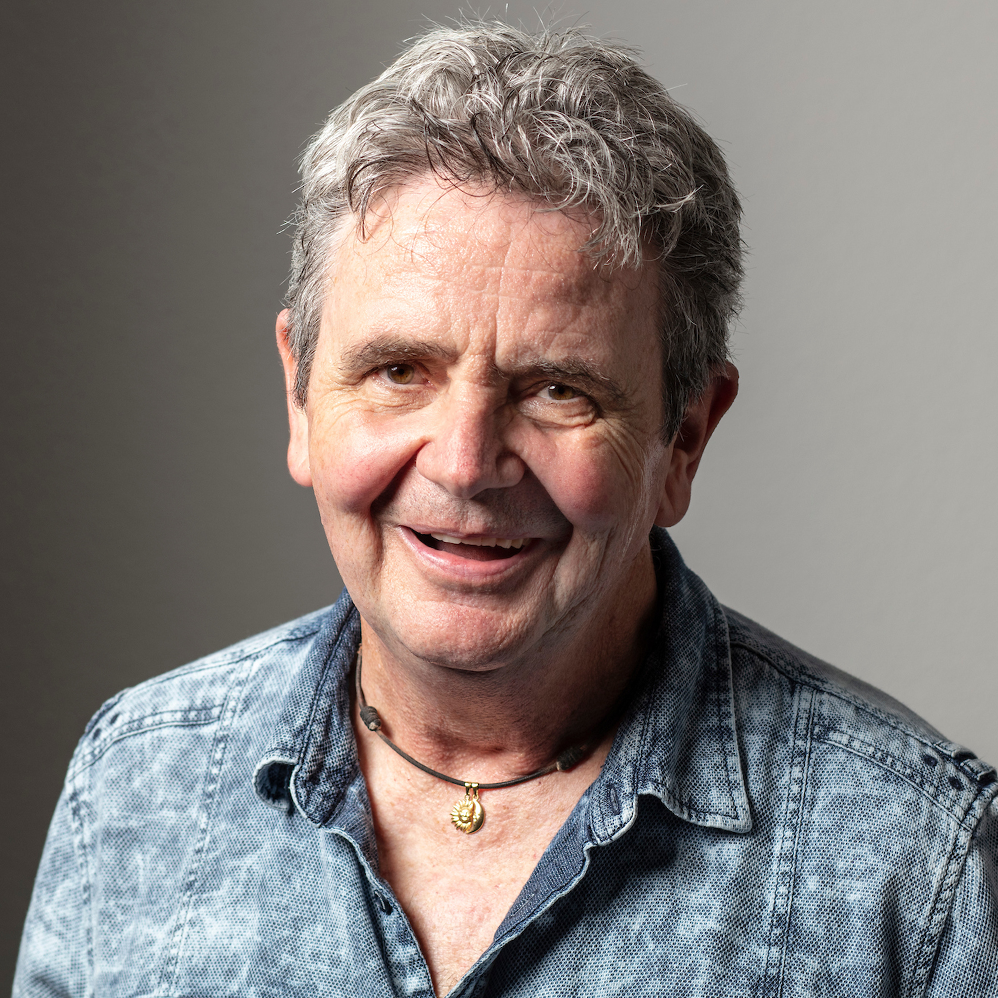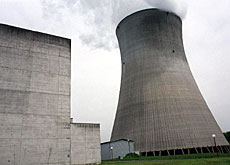Swiss at the core of European fusion

A Swiss professor based in Lausanne is to head an international project hoping to unlock the power potential of thermonuclear fusion.
Fusion energy from the Sun has warmed the Earth for billions of years, and scientists believe they can reproduce the same mechanisms to generate electricity.
In October Saigon-born Minh Quang Tran will take over at the European Fusion Development Agreement (EFDA), of which Switzerland is a partner.
The agency is overseeing European contributions to a fusion research project which involves building – along with Canada, Japan and Russia – an experimental reactor know as ITER.
ITER, which will cost an estimated €3.8 billion (SFr2.5 billion), will be the first fusion device to produce thermal energy at the level of a commercial power station.
Four locations have already been submitted for the reactor – France, Spain, Canada or Japan – and a decision is expected by the end of the year.
Plasma physics
Tran, who has headed the Centre for Research in Plasma Physics at the Federal Technology Institute of Lausanne since 1999, admits that he hesitated for a long time before applying to the EFDA.
His new position will take up 60 per cent of his time, and he will probably have to give up teaching and spend more time on the road.
Part of his new responsibilities will be overseeing the experiments carried out at the Joint European Torus, the largest fusion installation in the world, which is situated near Oxford University in England.
“Whenever I think of my eight-year-old son, I certainly feel a twinge,” Tran told swissinfo.
However, Tran says he is “happy and proud” to have made it to the top of the tree in a field which has fascinated him since his student days.
ITER reactor
The new ITER reactor will not be able to produce electricity for the foreseeable future.
According to a British government study, it will be at least 30 to 40 years before the electricity produced by fusion will be commercially exploited.
“These conditions mean we cannot yet ask electricity companies to invest in our projects,” explained Tran.
But the industry is nonetheless interested in this new technology, which scientists predict will change the energy landscape in the second half of the 21st century.
“Fusion fits in perfectly with the idea of durable development,” said Tran.
With the increasing urbanisation of the planet, the number of towns with more than a million inhabitants is set to increase. Fusion stations of one gigawatt each could take care of their needs.
Furthermore the fuel required – the elements Deuterium and Tritium – can be obtained from water and lithium, which are both readily available on Earth.
swissinfo, Marc-André Miserez (translation: Faryal Mirza)
Thermonuclear fusion is the base energy of the Universe, keeping the Sun and stars burning.
Conventional nuclear power works on the principle of “fission” – breaking down heavy atoms.
A fusion reactor forces atoms together to create heavier elements.
To achieve fusion, atoms have to be heated to 100 million degrees Celsius which turns them into a “soup” known as plasma.
Unlike fission, fusion reactions are said to carry no safety risks.

In compliance with the JTI standards
More: SWI swissinfo.ch certified by the Journalism Trust Initiative


You can find an overview of ongoing debates with our journalists here. Please join us!
If you want to start a conversation about a topic raised in this article or want to report factual errors, email us at english@swissinfo.ch.